Catalysts called composites have a thin coating of the catalytically active metal phase on the support surface. The distribution of metal found on these supports resembles an egg-shell-like shape. For reactions that are heat- or mass-transfer-resistant, this distribution is ideal. In order to create the nanocomposite, several metals, such as gold, platinum, and osmium, were deposited atop silver sulphide nanocrystals (pictured). It is feasible to tailor the final composite's catalytic characteristics by successively depositing different metals onto the nanocrystal surface. their platinum-containing nanocomposites' catalytic effectiveness in an electrochemical device called a methanol fuel cell, which converts methanol into power. A methanol oxidation reaction (MOR) converts methanol catalytically into carbon dioxide at the anode side of the fuel cell, releasing hydrogen and electrons in the process. Before recombining with the hydrogen and oxygen in an oxygen reduction process (ORR) at the cathode and creating water as a byproduct, the electrons circulate through an electrical circuit. The exceptional catalytic efficiency of the anodes is a result of both the increased electronic characteristics of the nanocomposite itself and the high surface area of the platinum deposits on the nanocrystals, which offers a bigger electrochemically active surface for the MOR. As a result, carbon monoxide, a MOR intermediate, won't adhere to the platinum and poison the catalyst.
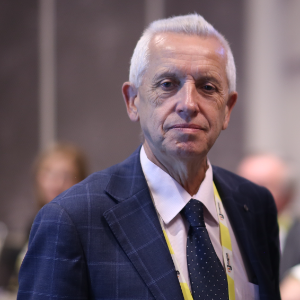
Stanislaw Dzwigaj
Sorbonne University, France
Dai Yeun Jeong
Asia Climate Change Education Center, Korea, Republic of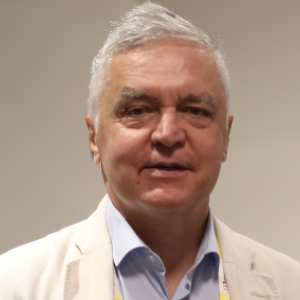
Sergey Suchkov
N.D. Zelinskii Institute for Organic Chemistry of the Russian Academy of Sciences, Russian Federation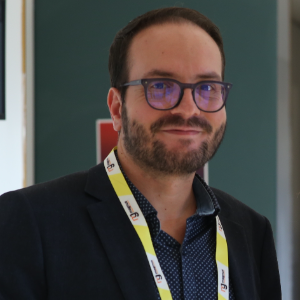
Enrico Paris
CREA-IT & DIAEE, Italy
Rabeharitsara Andry Tahina
GPCI-ESPA Antananarivo University, Madagascar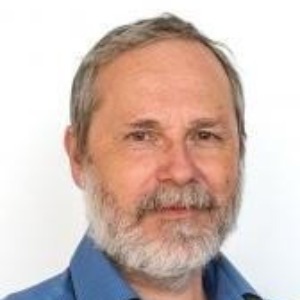
Jiri Dedecek
J Heyrovsky Institute of Physical Chemistry , Czech Republic
Uday Som
Research and Development Engineer, Japan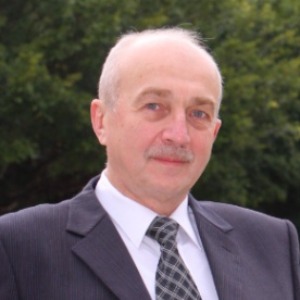
Vladimir G Chigrinov
Hong Kong University of Science and Technology, Russian Federation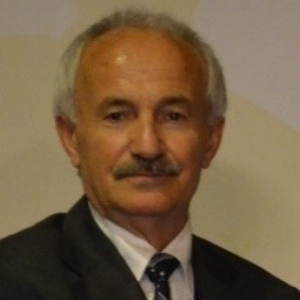



Title : Distant binuclear vanadium V(II) cationic sites in zeolites and their reactivity
Jiri Dedecek, J Heyrovsky Institute of Physical Chemistry , Czech Republic
Title : Advanced nanostructures for carbon neutrality and sustainable H₂ energy
Tokeer Ahmad, Jamia Millia Islamia, India
Title : Personalized and Precision Medicine (PPM) as a unique healthcare model via bi-odesign, bio- and chemical engineering, translational applications, and upgraded business modeling to secure the human healthcare and biosafety
Sergey Suchkov, N.D. Zelinskii Institute for Organic Chemistry of the Russian Academy of Sciences, Russian Federation
Title : Antibody-proteases as a generation of unique biomarkers, biocatalysts, potential targets and translational tools towards nanodesign-driven biochemical engineering and precision medical practice
Sergey Suchkov, N.D. Zelinskii Institute for Organic Chemistry of the Russian Academy of Sciences, Russian Federation
Title : Dimethyl ether synthesis from syngas over Cu-Zn/Al2O3 catalysts prepared using the Sol-Gel method
Uday Som, Research and Development Engineer, Japan
Title : Influence of various catalysts on H₂ enhancement and CO2 capture during syngas upgrading
Enrico Paris, CREA-IT & DIAEE, Italy
Title : Photoaligned azodye nanolayers : New nanotechnology for liquid crystal devices
Vladimir G Chigrinov, Hong Kong University of Science and Technology, Russian Federation
Title : Application of vanadium, tantalum and chromium single-site zeolite catalysts in catalysis
Stanislaw Dzwigaj, Sorbonne University, France
Title : Oxidation of methane to methanol over pairs of transition metal ions stabilized in the zeolite matrices
Jiri Dedecek, J Heyrovsky Institute of Physical Chemistry , Czech Republic
Title : The Concept and Implications of Low Carbon Green Growth
Dai Yeun Jeong, Asia Climate Change Education Center, Korea, Republic of